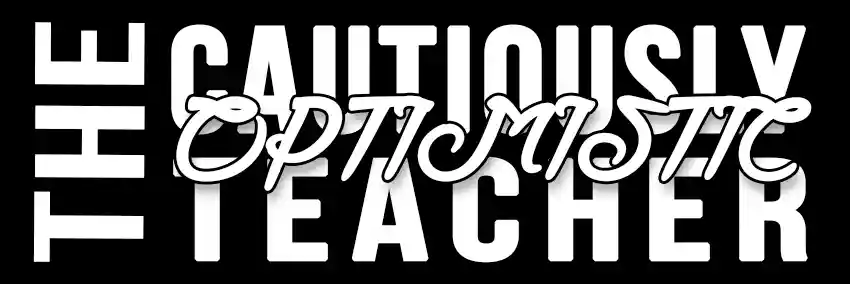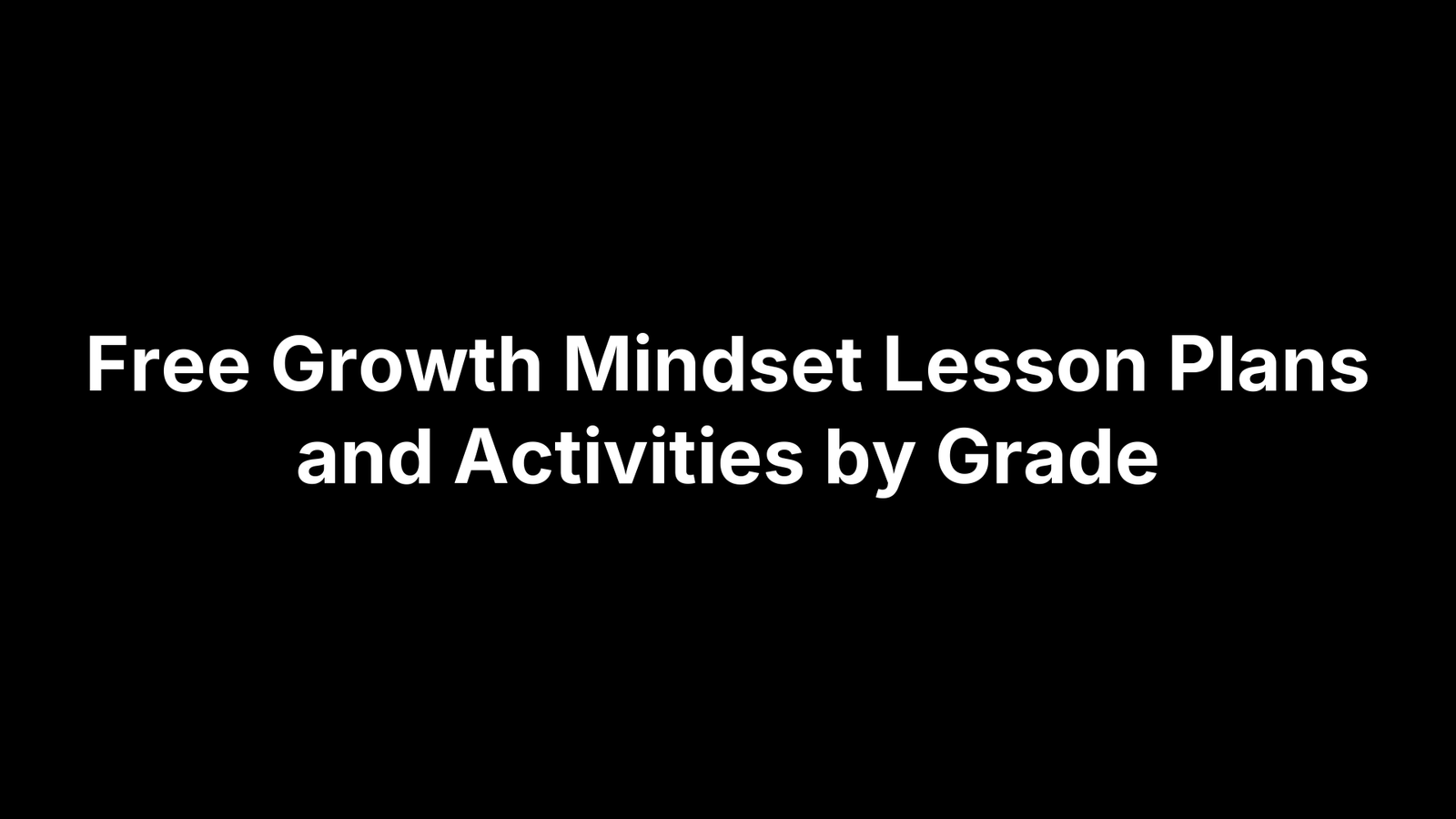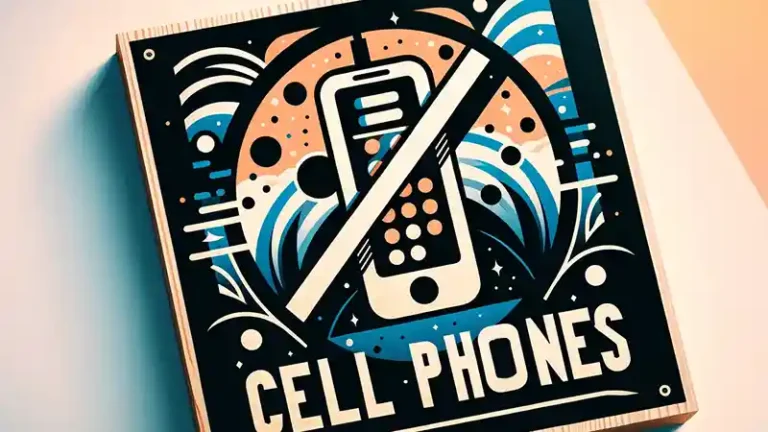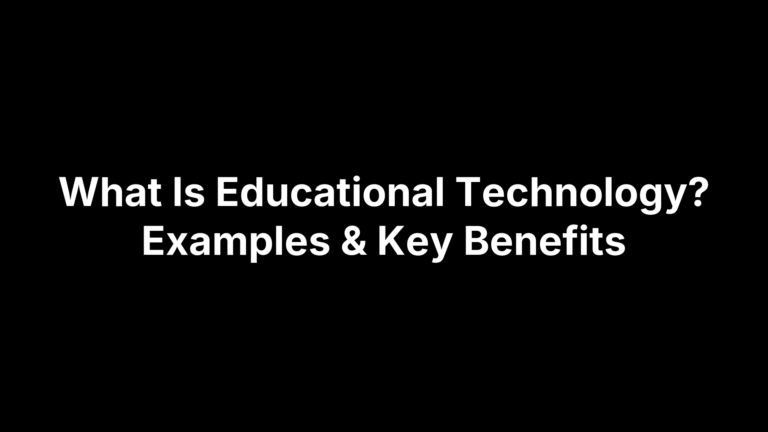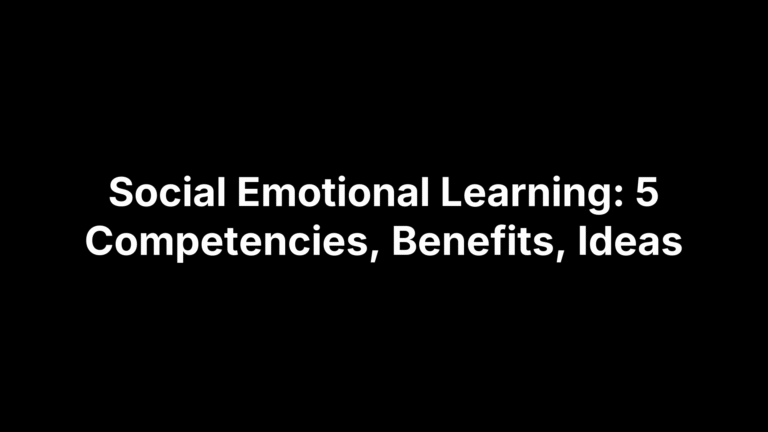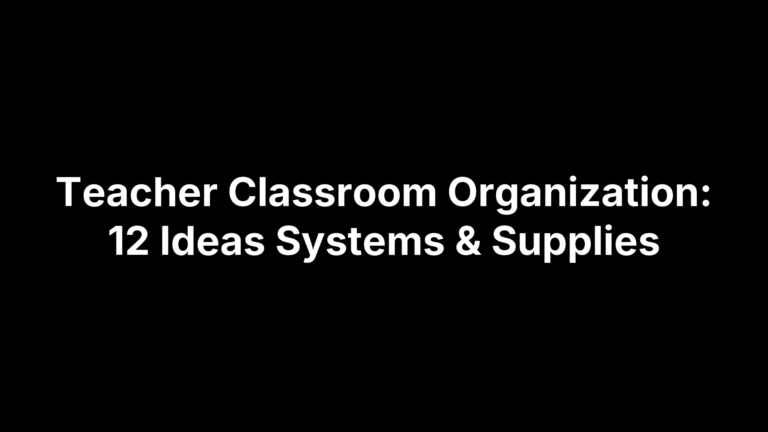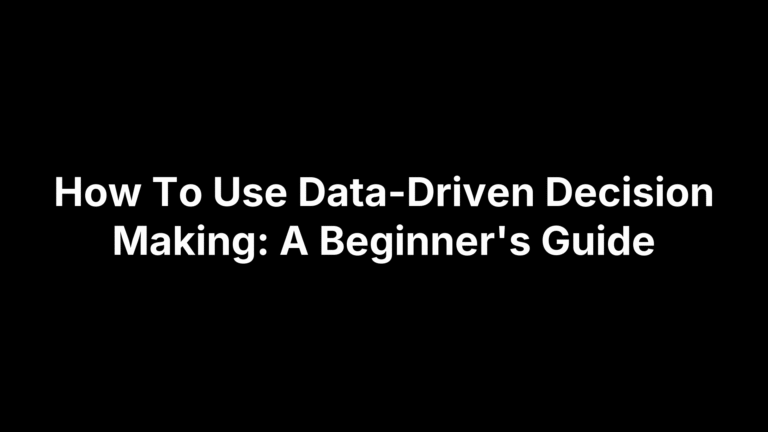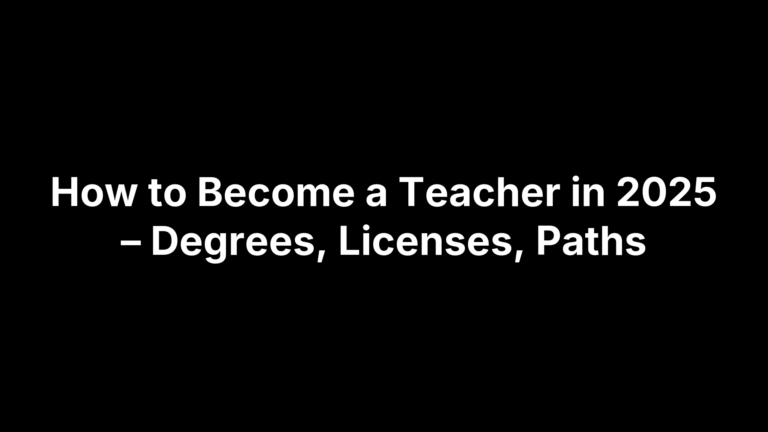Free Growth Mindset Lesson Plans and Activities by Grade
You want students who lean into challenges, learn from mistakes, and keep going when it’s hard—but finding solid, age‑appropriate lessons takes time. Resources are scattered, quality varies, and it’s easy to slip into empty “try harder” messages instead of evidence‑based practices that actually change classroom talk and behavior.
This guide solves that. We’ve curated the best free, ready‑to‑print growth mindset lesson plans and activities by grade band, plus quick teacher scripts, timing notes, and student‑friendly language. You’ll get templates, rubrics, and simple tools to track mindset shifts—without paywalls or fluff.
Here’s what to expect: a one‑page teacher cheat sheet, then K–1 through 9–12 lessons you can use tomorrow, trusted download sources to bookmark, a yearlong scope and sequence, grab‑and‑go templates, assessment ideas, family buy‑in strategies, common pitfalls to avoid, a 5‑day starter plan, subject‑area integrations, and time‑savers with AI. Let’s start with a clear snapshot of growth vs. fixed mindset you can post and teach from.
Step 1. Understand growth vs. fixed mindset at a glance (teacher cheat sheet and classroom language)
Here’s the 60‑second snapshot. Growth mindset = the belief abilities can improve with effort, strategies, and feedback; fixed mindset = the belief ability is set. Beliefs drive behaviors, and behaviors drive results—so we teach the talk tracks that power persistence. Post this one‑liner and model it daily: Effort + strategies + feedback = growth. Use the classroom language below as your anchor for the growth mindset lesson plans that follow.
- “I can’t do this yet.”
- “What strategy haven’t I tried?”
- “Mistakes help my brain grow.”
- “Let me try a new approach.”
- “Who or what feedback can help?”
- “Progress over perfection—what improved?”
- “This is tough, and I can learn it.”
- “Which part is in my control?”
Step 2. Kindergarten–1st grade: free, printable lesson plans and activities (picture books, TPR, chants, “power of yet”)
For K–1, keep it concrete and joyful. These free growth mindset lesson plans lean on picture books, movement, and repetition so little learners practice what to say when work feels hard—and hear classmates say it too.
- Run a free K mini-lesson: Use a kindergarten growth mindset mini-lesson/PowerPoint with TPR, chants, and call-and-response.
- Picture-book talk track: Read aloud, then model the reframe: “I can’t do it—yet.”
- Post “Yet” visuals: Create a big “Yet” poster; practice adding “yet” to student sentences.
- Draw mistakes reflection: Adapt a free mistakes reflection page; students draw “before/after” and share one strategy they tried.
Step 3. Grades 2–3: free lesson plans and activities (self-talk T-chart, mistake of the week, reflective journals)
In grades 2–3, students can compare fixed vs. growth self-talk and start light reflection. Keep routines short, visual, and repeatable. Pair free growth mindset lesson plans with kid-friendly sentence frames so the language sticks after the mini‑lesson and shows up during independent work.
- Self‑talk T‑chart: Sort quotes into fixed/growth; rewrite fixed lines using “yet,” a strategy, or feedback.
- Mistake of the Week: Celebrate a productive error; name the learning and the next strategy to try.
- Reflective journals: Weekly quarter‑page; prompts—challenge, strategy tried, feedback used, next step; quick feelings check.
Step 4. Grades 4–5: free lesson plans and activities (goal-setting journals, “famous fails,” error analysis routines)
Upper elementary students can analyze evidence and set purposeful goals. Lean on free growth mindset lesson plans that center goal‑setting journals, “famous fails,” and error analysis. Keep routines tight and weekly so students link strategies to outcomes and update plans based on feedback.
- Goal‑setting journals: Set weekly goals; track strategies, feedback, progress, and next steps.
- Famous Fails: Study Edison, Disney, Jordan, or Oprah—spot persistence and strategy shifts.
- Error analysis: Diagnose the mistake, correct it, and record “what changed.”
Step 5. Middle school (grades 6–8): free lesson plans and activities (Khan Academy modules, reflection routines, self-assessments)
By grades 6–8, students chase grades and hide struggle. Lead with a concise, research‑backed lesson, then add quick reflection routines so they see how beliefs drive behaviors and results—and change the talk they use during real work.
- Free KA/Mindset Kit lesson: Run the middle‑school growth mindset lesson; watch + discuss; map belief → behavior → result; set “yet” norms.
- Weekly exit slip: Challenge–Strategy–Feedback–Outcome in under three minutes.
- Self‑assessment: Students identify fixed‑mindset triggers, set one “yet” goal, and revisit it.
- Mistakes Reflection: After quizzes, analyze one error, choose a new strategy, and plan a revision step.
Step 6. High school (grades 9–12): free lesson plans and activities (School on Wheels lesson, data tracking, revision protocols)
In high school, mindset shows up in course choices, revision habits, and how students handle tough feedback. Lead with a concise, credible lesson, then make growth visible with data and repeatable revision routines. Use the free growth mindset lesson plans below to connect belief → strategy → results—without “grading the person.”
- Run School on Wheels Lesson #1 (30 mins): Watch two short videos (growth vs. fixed; four steps), discuss prompts, then “choose your own” activity: a Growth Mindset Self‑Assessment or a Mistakes Reflection. Optionally add Khan Academy’s high‑school activities for practice.
- Data tracking dashboard: Have students log strategies used (notes, tutoring, office hours, revision), feedback acted on, and scores over time. Hold 5‑minute weekly check‑ins to analyze “what moved the needle.”
- Revision protocols: For tests and essays, require error analysis (what went wrong, feedback cited, new strategy), then resubmit. Use a quick rubric for strategy quality and update grades tied to demonstrated learning.
Step 7. Where to download the best free growth mindset lesson plans online (curated sources to bookmark)
Stop hunting tab by tab—bookmark these trusted download sources for free growth mindset lesson plans and classroom‑ready activities you can use by grade. Each offers printable materials that align with the language and routines in this guide.
- Khan Academy / Mindset Kit — free lesson plan; adaptable; discussion + reflection.
- Mindset Kit library — K mini‑lesson, Self‑Talk T‑Chart, Mistakes Reflection.
- School on Wheels (9–12) — 30‑minute lesson, videos, prompts, self‑assessment.
- Kodable — elementary activities: Famous Fails, goal journals, “Yet” posters.
- University of Michigan — STEM activity on the science of intelligence.
Step 8. Map your scope and sequence for the year (when to teach, SEL alignment, time needed)
A clear scope keeps growth mindset from being a one‑week pep talk. Thread the language from your growth mindset lesson plans into routines students already use—reflection, goal‑setting, and feedback—so beliefs shape daily behaviors. Align to SEL by naming self‑talk (self‑awareness), strategy swaps (self‑management), and feedback‑seeking (relationship skills).
- Launch (Weeks 1–2): Run a core lesson per grade band; high school can use the 30‑minute School on Wheels lesson.
- Weekly spiral: 10‑minute reflection or error analysis after major practice.
- Unit boosters: 15 minutes before/after tests, essays, or labs.
- Quarterly check‑ins: Self‑assessment, goal reset, and norms refresh.
Step 9. Grab-and-go templates you can reuse across grades (lesson plan, reflection sheets, praise stems, posters)
Prep fast with reusable templates that fit any content area. Copy, print, and staple to your growth mindset lesson plans so routines run themselves and language stays consistent across grades. Everything here is student‑friendly and works in 5–10‑minute blocks. No redesign needed.
- One‑page lesson plan: Objective; Hook; Teach; Try; Reflect; Exit; Materials; Timing.
- Reflection sheet (half‑page): Challenge; Strategy; Feedback; Outcome; Next step; Feeling 1–5.
- Praise stems (printable): “I noticed your strategy…”, “Your revision improved…”, “You used feedback to…”.
- Posters (blackline): “Effort + strategies + feedback = growth”; “I can’t do it—yet”.
Step 10. Assess mindset shifts and track progress (pre/post surveys, rubrics, behavior evidence)
Mindset growth is visible when students change their talk, try new strategies, and act on feedback. Use light‑touch checks you can repeat—mix a short self‑report with evidence from real work. Keep it simple and consistent so data informs conferences, reteaching, and your next growth mindset lesson plans.
- Pre/post check: Use a brief self‑assessment (e.g., School on Wheels’ Growth Mindset Self‑Assessment) at launch and quarter’s end.
- Rubric for reflections: Score exit slips/revisions on a 1–3 scale: clear strategy named, feedback used, concrete next step.
- Behavior evidence: Tally help‑seeking, revision attempts, error analyses, and “yet” language in student talk/work.
- Work samples: Portfolio Mistakes Reflection sheets and corrected errors to document strategy shifts over time.
Step 11. Build family and schoolwide buy-in (newsletter blurbs, home challenges, hallway displays)
Mindset sticks when home and hallway language mirrors your class. Share small, ready-to-use pieces families and colleagues can echo; pair them with your growth mindset lesson plans.
- Newsletter blurb: This month: “I can’t do it—yet.” Ask: Which strategy? What feedback?
- Home challenge (1 week): Share one productive mistake nightly and the next step; post “Yet.”
- Hallway display: “Famous Fails” gallery or Error–Fix–Lesson boards from student work.
Step 12. Avoid common pitfalls and use evidence-based strategies (praise effort and strategy, normalize struggle)
Even great growth mindset lesson plans flop if they become pep talks. Avoid praising effort alone, grading mindset, or promising success without tools. Make struggle expected, pair feedback with strategy, and give time to retry. Keep praise specific and tied to evidence in student work.
- Process praise: name the strategy + feedback used and the result.
- Normalize struggle: routine error analysis plus a short redo window.
Step 13. Your first week, planned: a 5-day rollout you can copy
Ready to launch? Here’s a tight 5‑day rollout you can copy. It front‑loads shared language, then cycles through strategy, feedback, and reflection so gains show up in real work. Use Mindset Kit/Khan Academy for K–8 and School on Wheels for 9–12; swap activities by grade as noted.
- Day 1 — Launch: Kickoff lesson; post “Yet”; model talk tracks; quick exit slip.
- Day 2 — Practice: Routines by grade: chants, T‑Chart, or error analysis; reflect.
- Day 3 — Strategy: “Famous Fails” mini‑case; identify strategies; set one small goal.
- Day 4 — Feedback: Mistakes Reflection; pair‑share “what changed”; process‑praise; optional redo.
- Day 5 — Check & share: Self‑assessment; start portfolio; log strategies; send family blurb/challenge.
Step 14. Integrate growth mindset into core subjects (ELA, math, science, arts/PE)
Make mindset visible in the work that already matters. Thread the language from your growth mindset lesson plans into drafts, problem sets, labs, rehearsals, and practices so students link effort, strategies, and feedback to real gains—and see progress, not just points.
- ELA: Draft → feedback → revise cycles; margin notes naming the strategy tried and the change made.
- Math: Error analysis on one missed item; “first strategy vs. next strategy” reflection.
- Science: Iterative labs—record failed trials, redesign plan, and evidence of improved results.
- Arts/PE: Skill logs tracking reps and coaching cues; before/after clips or runs with process‑praise.
Step 15. Differentiate and save time with AI teacher tools (worksheets, questions, feedback)
Use AI to differentiate without extra prep. Pair tools with your growth mindset lesson plans to level texts, vary scaffolds, and spin up quick checks that reinforce strategy, feedback, and “yet” language. Always review outputs and keep praise specific, tied to evidence in student work.
- Worksheet Maker + Question Generator: Tiered practice, error analysis sections, and prompts (fixed → growth, “yet”).
- Differentiated Instruction Helper + Report Card Commentor: Strategy scaffolds, process‑praise stems, and concrete next steps.
Key takeaways and next steps
You now have a practical system: a one‑page mindset snapshot, free by‑grade lessons, weekly reflection routines, simple assessments, and family buy‑in tools. Pick your grade band, run the 5‑day rollout, embed a 10‑minute weekly routine, and revisit goals quarterly. For more time‑savers and templates, explore The Cautiously Optimistic Teacher.
- Teach the talk: Post and model “I can’t do it—yet.”
- Practice weekly: Quick reflections and error analysis beat pep talks.
- Praise the process: Name strategy + feedback + result.
- Document growth: Self‑checks, work samples, and revision logs.
- Scale simply: Reuse the same templates across subjects and units.
